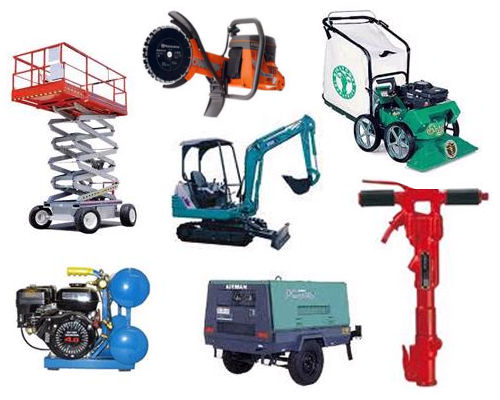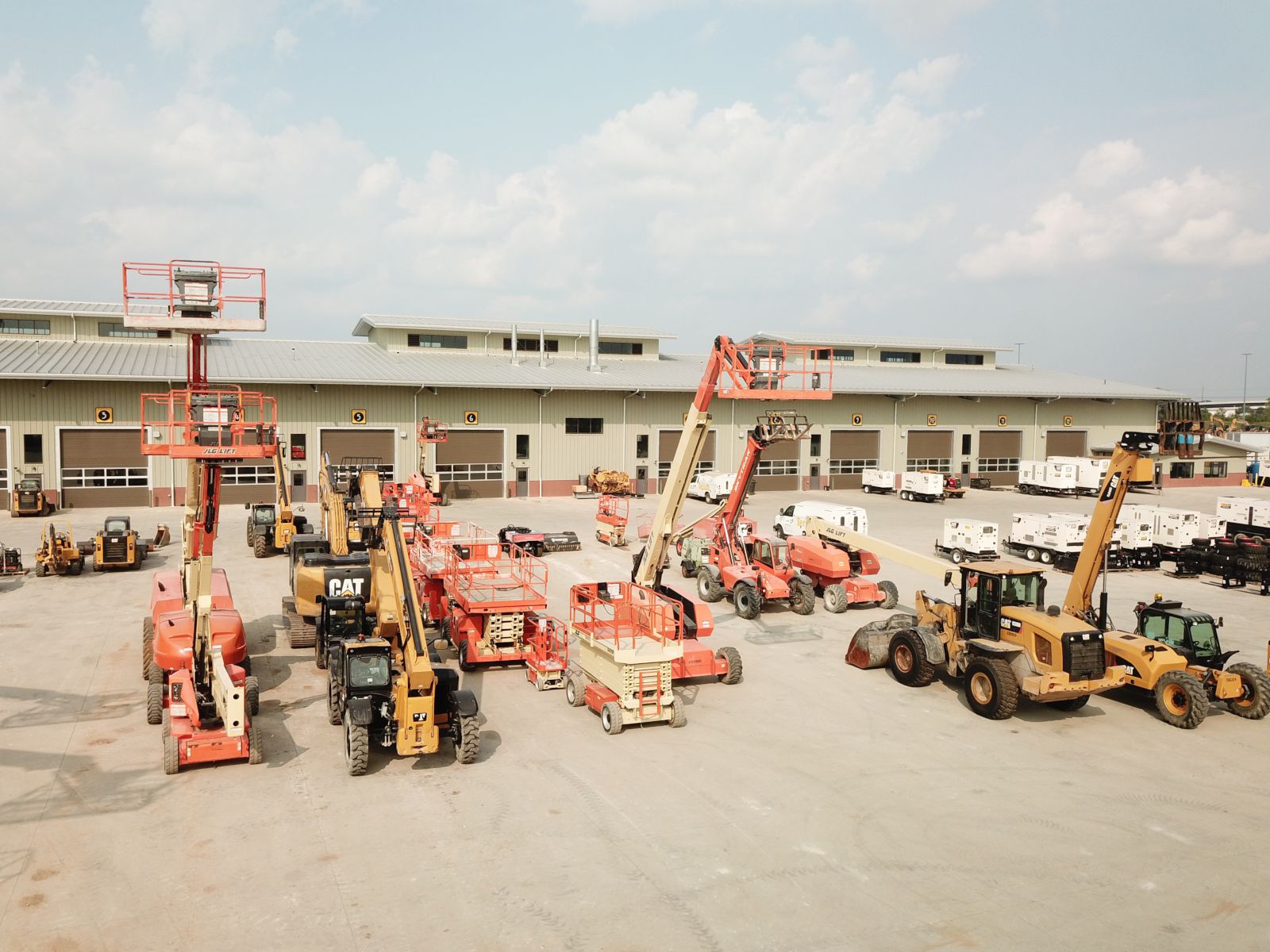Construction Equipment Rentals: Sturdy Equipment for Your Projects
Construction Equipment Rentals: Sturdy Equipment for Your Projects
Blog Article
Optimize Your Spending Plan by Recognizing the Prices Linked With Building Equipment Leasings
Recognizing the complete range of expenses connected with construction devices rentals is essential for maximizing your budget. What approaches can be employed to successfully handle these costs and guarantee a more reliable rental experience?
Introduction of Rental Prices
When considering building and construction equipment rentals, recognizing the linked prices is paramount for efficient budgeting and project planning. Rental costs can differ dramatically based on several factors, including equipment kind, period of service, and place. The first rental fee commonly reflects the tools's market need and its associated operational abilities, affecting the total cost.
Along with the base rental rate, secondary costs may occur, such as transportation charges, gas surcharges, and upkeep costs. It is necessary to account for these extra costs to precisely analyze the total expense of renting out equipment. In addition, the rental duration can affect rates; longer leasings might receive reduced rates, while temporary services might incur higher everyday costs.

Failure of Rental Rates
A detailed understanding of rental prices is essential for contractors and job supervisors intending to maximize their spending plans. Rental rates for construction equipment typically are composed of numerous components, consisting of base prices, time-based fees, and use charges.
Base rates are the core charges related to the service of the devices, frequently determined by the type and dimension of the equipment. These rates can differ substantially, affected by factors such as equipment need, accessibility, and regional market trends. Time-based costs, which may be daily, weekly, or monthly, serve to suit different job timelines and rental durations.
In addition, rental prices may consist of usage fees, which apply when equipment is made use of past a specified limit, making certain that the rental company can account for wear and tear. Seasonal need fluctuations can additionally impact rental rates, with peak building and construction seasons generally regulating higher rates.
Additionally, understanding the rental firm's policies regarding upkeep and insurance policy can offer further insight right into the general expense framework. By analyzing these parts, professionals can make enlightened choices, making certain the choice of rental equipment aligns with both job demands and budget restrictions.
Extra Costs to Think About
Recognizing the ins and outs of added fees is vital for professionals to manage their general service expenditures efficiently. Past the conventional rental rates, various extra fees can dramatically influence the complete cost of tools rental. These fees usually include distribution and pick-up charges, which can differ based upon distance and logistics associated with transporting the devices to and from the job digger near me site.
Moreover, some rental business might enforce fuel additional charges if the tools is returned with much less gas than when rented. It is also necessary to understand potential cleaning costs, specifically for specific devices that calls for thorough maintenance after usage.

Thoroughly examining the rental contract and making clear these added fees ahead of time can aid service providers guarantee and avoid unforeseen costs that spending plans stay intact throughout the job lifecycle.
Repair And Maintenance Costs
Normal upkeep and repair expenditures are often neglected elements that can significantly affect the total price of building devices rentals. When renting out equipment, it is critical to think about not only the rental fees but additionally the prospective prices related to maintaining the equipment in ideal operating condition.
Many rental business include fundamental maintenance as component of the rental agreement; nevertheless, more unanticipated break downs or substantial repair work can lead to added expenses. It's important to assess the rental agreement meticulously to understand what upkeep solutions are covered and what duties fall on the tenant.
Moreover, devices that is not properly maintained can cause ineffectiveness at work site, possibly causing delays and increasing task expenses. To alleviate these threats, it is advisable to carry out normal evaluations and preserve open communication with the rental service provider concerning any type of concerns that arise during use.
Insurance Coverage and Responsibility Prices
Insurance coverage and obligation prices are essential elements that can substantially impact the total cost of building and construction tools services (scissor lift rental). These costs make certain that both the rental business and the client are secured from potential financial losses emerging from accidents, damages, or burglary throughout the rental duration

In addition, customers ought to recognize any deductibles or exemptions in the insurance plan, as these can affect potential out-of-pocket expenditures. Recognizing the terms of any kind of insurance coverage is crucial to stay clear of unexpected costs. Eventually, budgeting for insurance policy and responsibility expenditures can help make sure a smoother rental experience and safeguard against economic threats related to construction jobs.
Conclusion
Finally, a comprehensive understanding of the prices connected with building and construction tools services is essential for effective budget monitoring. By assessing rental rates, additional fees, maintenance expenditures, and insurance coverage requirements, people and companies can decrease unanticipated expenditures. This tactical approach not only enhances cost-effectiveness however likewise guarantees that tasks progress smoothly and successfully. Ultimately, notified decision-making concerning equipment rentals adds to the general success of building undertakings.
Rental prices can vary considerably based on a number of aspects, including tools kind, duration of leasing, and place (boom lift rental). The rental period can affect pricing; longer rentals may qualify for reduced prices, while temporary rentals may incur greater daily charges
By conducting complete research and engaging with credible rental firms, specialists can effectively browse the intricacies of rental prices, eventually find more info maximizing their monetary sources.
Beyond the basic rental rates, various extra fees can substantially influence the complete expense of equipment rental. Rental business usually give responsibility insurance coverage that covers injuries to 3rd events or damage to residential or commercial property, while tools damage insurance can cover the price of repairs or replacement if the leased equipment is harmed.
Report this page